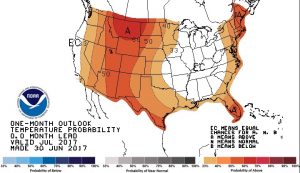Paul Goeringer, Extension Legal Specialist, Department of Agricultural and Resource Econ.
This is not legal advice.
Damage caused by pesticide drift has been in the news a lot over the past couple of years. With Monsanto releasing new varieties resistant to a new less volatile formula of dicamba, reports of drift damage have increased in many states. At the winter agronomy meetings, I discussed what type of liability an applicator might face if a neighbor complained of drift damage.
But what should you do if you suspect drift damage in your fields? An injured producer should contact the state department of agriculture to investigate, begin developing evidence of the damage, consider working with the applicator/neighbor to settle the damage, or consider hiring an attorney to pursue a lawsuit in court. Understanding how to handle drift damage can help the injured producer understand his/her rights in this situation. Continue reading After Experiencing Drift Damage, What Should You Do?




